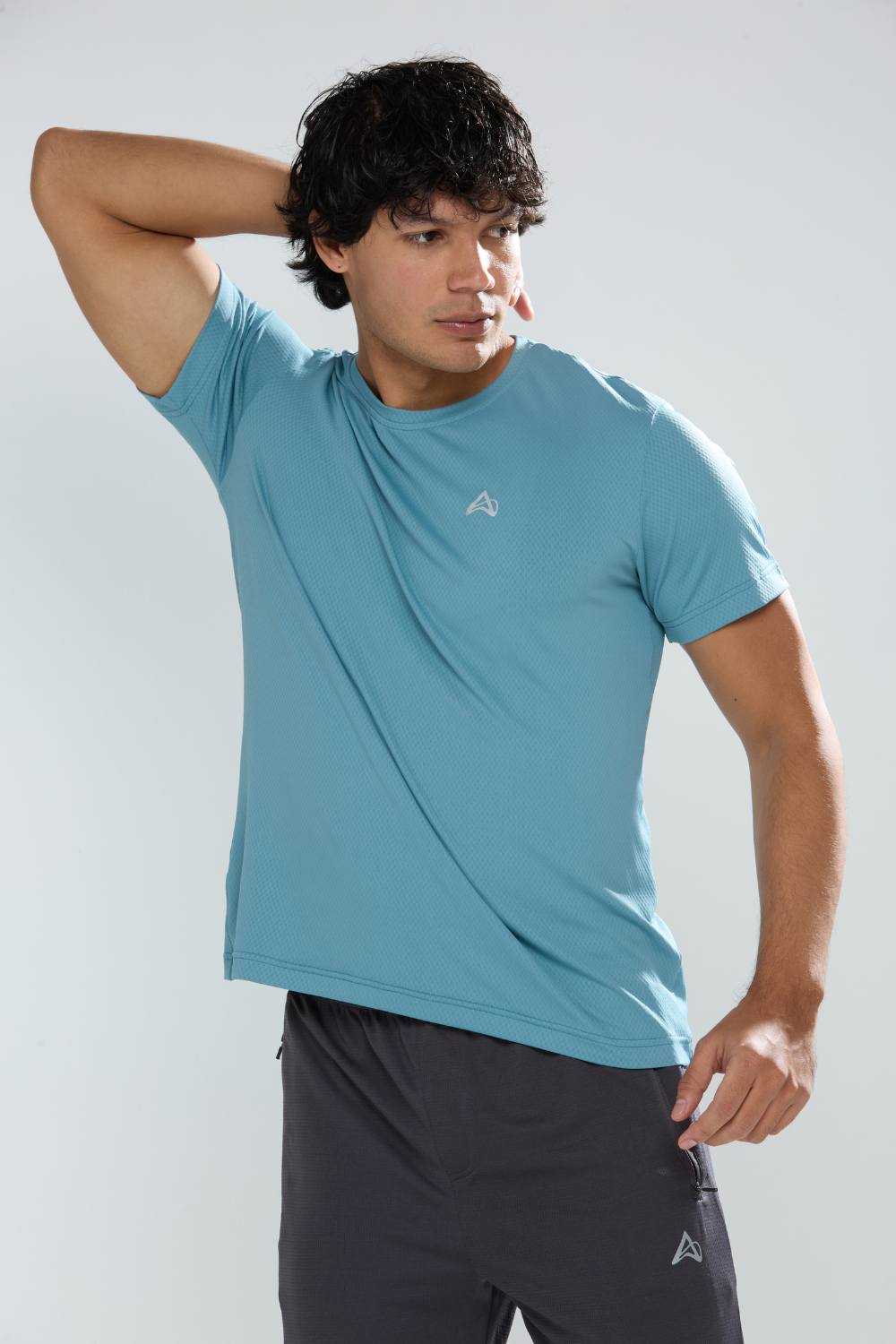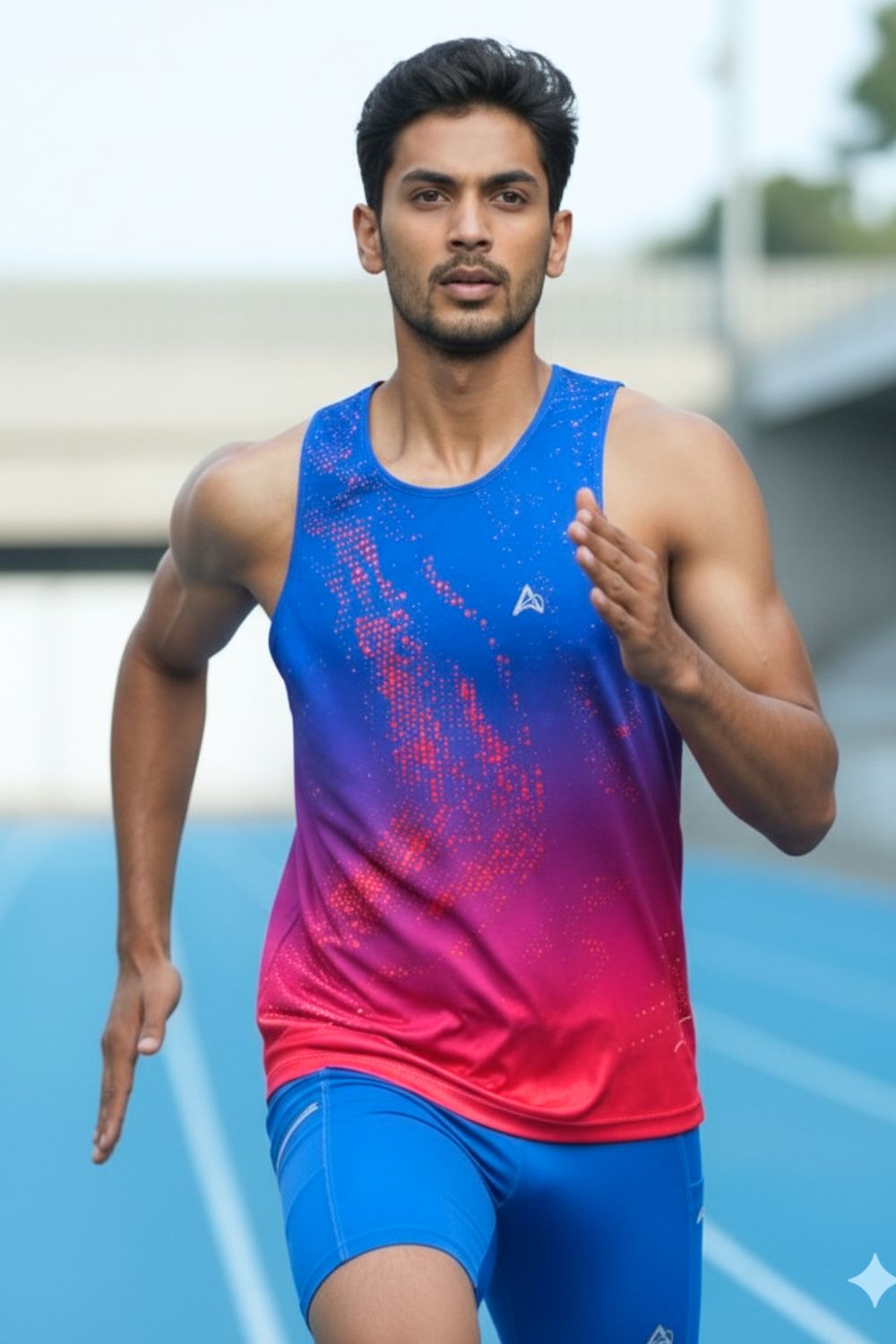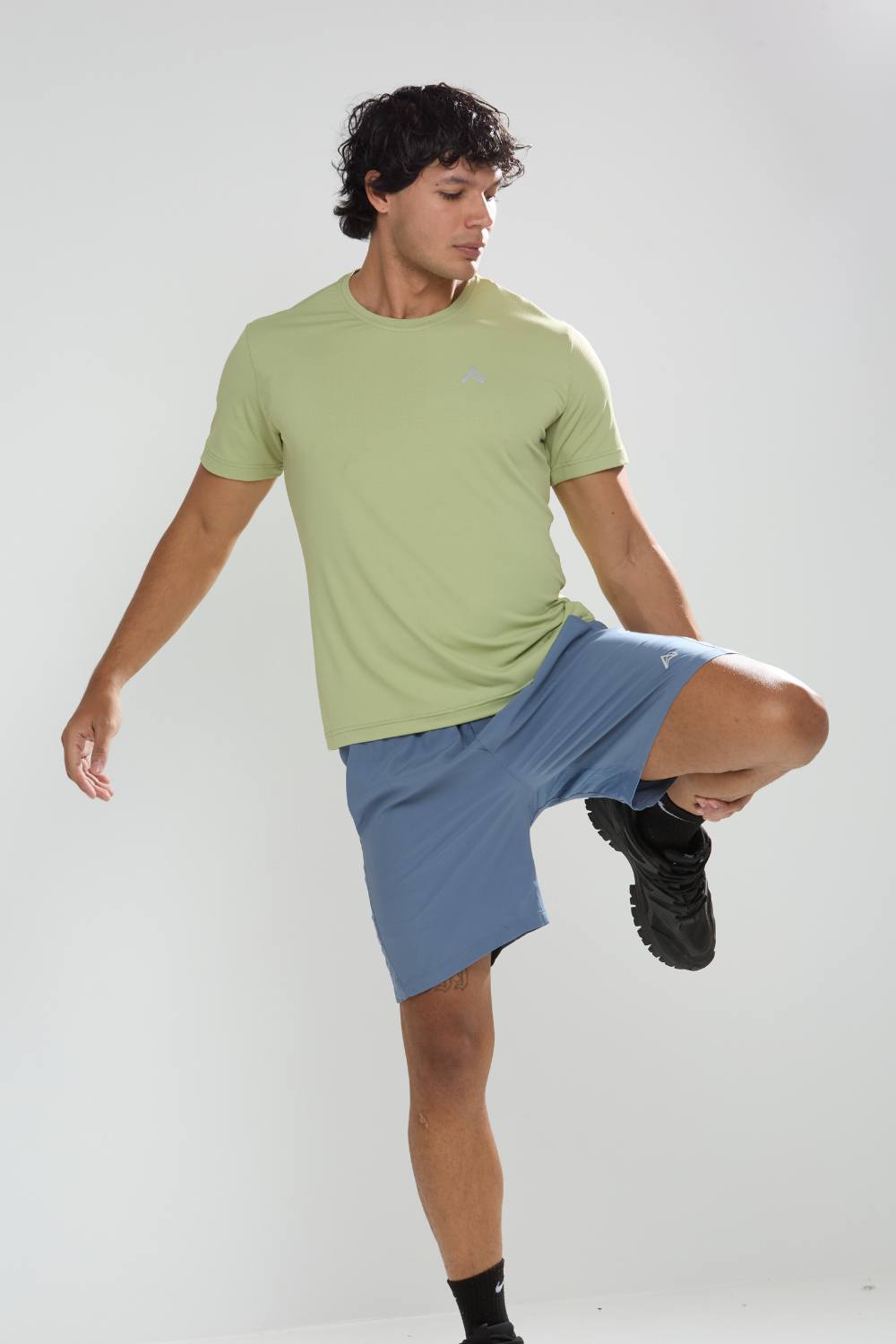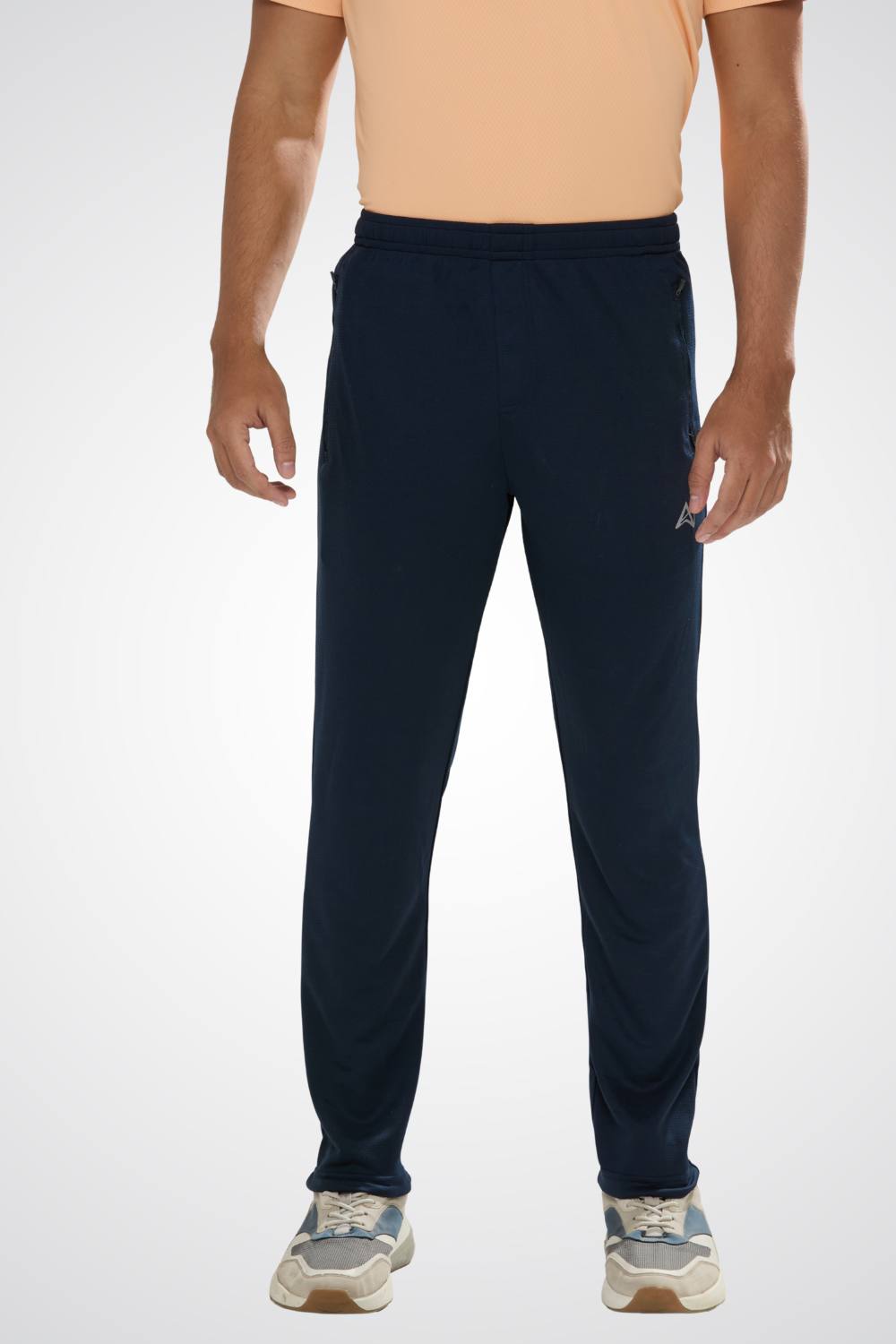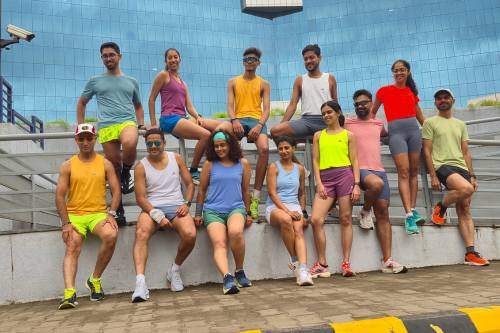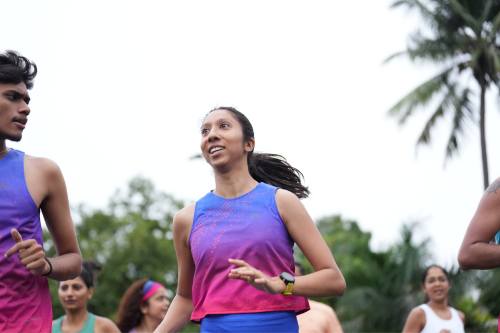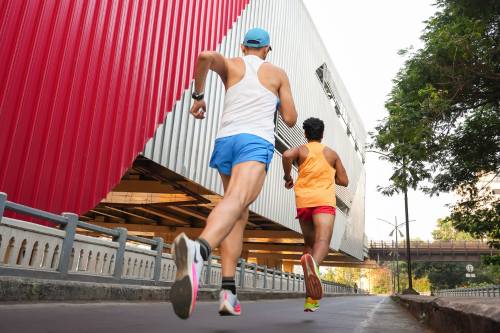In the steamy early mornings of Bangalore's Cubbon Park, runners dodge through fog-shrouded trails, while on Mumbai's vibrant Marine Drive, joggers greet the dawn against the backdrop of crashing waves. Across India, a fitness transformation is unfolding, with millions adopting running as more than a hobby it's becoming integral to daily life. This wave of health consciousness has ignited explosive growth in the activewear industry, where companies vie to supply essential gear like breathable singlets and precision-fit shorts. Yet, for too long, reliable access to such equipment lagged, particularly outside bustling urban centers. Now, innovative retail alliances are bridging that divide, making top-tier athletic clothing available to enthusiasts everywhere.
Tired of gear that slows you down? Chafing, soggy fabrics, and missing pockets kill your run's momentum. At Aguante, we're runners who get it. Our high-performance activewear features moisture-wicking fabrics, ergonomic designs, and smart storage to keep you focused. Shop Now!
Retail Partnerships Broaden Activewear Access Across India
Through smart alliances with digital platforms and brick-and-mortar stores, brands are revolutionizing the way Indians find, test, and rely on specialized sportswear. Consider Aguante, a homegrown activewear label founded in 2018, engineered by avid runners for their peers. The brand specializes in premium pieces such as running shorts for men and women, singlets, half-tights, and t-shirts, incorporating runner-approved elements like moisture-wicking materials, ample storage pockets, ergonomic contours, and visibility-enhancing reflectors. These collaborations extend beyond mere placement; they forge connections to dedicated athletes in hubs including Hyderabad, Pune, Navi Mumbai, Delhi, Gurugram, Surat, and Ahmedabad, where vibrant running groups are flourishing.
The momentum in India's activewear scene is undeniable, backed by robust data. The market achieved a valuation of USD 15,107.3 million in 2024 and is forecasted to climb to USD 29,972.9 million by 2030, advancing at a CAGR of 12.2% starting from 2025. The women's category dominated revenue generation that year, holding a 56.59% share, and continues as the most dynamic segment. This expansion mirrors wider patterns in apparel and footwear: the sector stood at approximately USD 67.32 billion in 2024 and is anticipated to expand to USD 109 billion by 2030, with a CAGR of 8.45% over the same timeframe. Encompassing everything from everyday garments like shirts and dresses to athletic and casual footwear such as sneakers and boots, the industry thrives on evolving trends, health-driven demands, and post-pandemic shifts toward comfort and versatility.
Emerging Trends in Activewear Retail
The retail environment is shifting rapidly, with e-commerce giants like Amazon and Myntra serving as primary portals for athletic essentials. This digital surge empowers residents in emerging urban areas to easily acquire items like men's running t-shirts or women's tank tops from the comfort of home. India's online retail landscape is on a steep upward trajectory, projected to surge from $75 billion in 2024 to $260 billion by 2030, elevating its portion of overall retail from 7% to 14%. However, pure online shopping isn't the full picture; blended approaches are key. Many athletes research digitally but prefer in-store trials to ensure perfect alignment, especially for form-fitting gear like running half-tights.
Demand is accelerating regionally as well. In locales such as Surat and Ahmedabad, nascent fitness cultures are fueling a rise in tailored sportswear interest. Social platforms are central to this dynamism. Instagram influencers and trainers, including profiles like barefoot_coach_shanth_koushik and fit_kaur23, demonstrate routines in high-function apparel, igniting interest among followers. High-profile endorsements from celebrities and sports figures add flair, merging entertainment allure with practical athleticism. Channels like Facebook and YouTube magnify these narratives, converting idle browsing into deliberate purchases.
Sustainability is increasingly pivotal in consumer choices. Shoppers favor environmentally conscious materials, prompting brands to adopt greener practices. The move to circular economies emphasizing repairs, resales, and recycling underscores a growing commitment to eco-responsibility that influences buying decisions profoundly.
Real-World Examples and Case Studies
Aguante demonstrates the power of strategic tie-ups effectively. By featuring on Myntra and Amazon, the brand secures widespread recognition and connects with runners countrywide. Far from standard fare, Aguante's lineup is optimized for India's unique challenges scorching temperatures, high moisture levels, and variable landscapes delivering superior ventilation, comfort, and functionality. For example, their women's running shorts and t-shirts include stable pockets that resist jostling, anti-irritation interiors, rapid-dry textiles, safety reflectors, and athlete-validated silhouettes, allowing seamless movement and essential storage without interruptions.
Strengthening these efforts are grassroots engagements. Aguante partners with neighborhood running collectives and mentors, such as runholic_dev and coach_amitkumar via Instagram, hosting sessions for hands-on product experiences. Customer-friendly policies enhance appeal: nationwide complimentary delivery, protected transactions, and a two-week exchange period alleviate initial reservations. This model sets Aguante apart from international behemoths, providing indigenous ingenuity fused with worldwide standards at fair rates elite performance minus the exorbitant costs.
Examine Decathlon, the French sports giant making significant inroads in India. Boasting 1,750 outlets globally and 133 stores locally, the firm reported a 37% sales increase in 2023 and employs 5,700 staff members in the country. Committed to localization, Decathlon targets 80% of sales from Make in India items within five years, rising from today's 60%, bolstered by a 100 million euro infusion last year and another €100 million planned over the next five. Notably, 98% of bicycles sold here are domestically produced, a stark contrast to a mere 2% a decade prior, mitigating risks from global disruptions and currency shifts.
Environmental stewardship is core to Decathlon's strategy. It offers repairs in over 95 stores, refurbished resales in more than 90, and equipment buybacks in over 50, with ambitions to extend these nationally and digitally. The goal: redirect over 300,000 products from landfills by 2027. Broader aims include net-zero emissions by 2050 and a 42% cut in CO2 by 2030, achieved via plastic elimination, durable designs, and expanded circular services. The Second Life Bazaar, launched from June 5 to 15 across 68 locations on World Environment Day, promotes sustainability through workshops. Circular revenue is slated to hit Rs 100 crore by 2027, from Rs 35 crore now. These cases illustrate how integrating virtual and physical elements cultivates enduring customer allegiance. For Aguante, the focus remains on elevating runner's experiences through principled design and societal impact.
Challenges and Limitations
Naturally, the path isn't without obstacles. Cost consciousness is paramount; Indian buyers meticulously evaluate options, contrasting domestic labels with multinational powerhouses boasting superior marketing resources. On e-platforms, prominence is contested terrain, where algorithms prioritize heavy advertisers, compelling nimbler entities to innovate strategically.
Supply chain issues add complexity. Ensuring dependable shipments to peripheral areas like segments of Gurugram or Navi Mumbai is demanding, and handling refunds can strain systems. Profit margins suffer too retail collaborations entail revenue splits, a concession for the visibility that pure direct sales sidestep.
Rivalry escalates with new entrants. Overseas firms often overlook Indian-specific ergonomics and terrains in their foreign-sourced designs, yet their prestige attracts masses. Success demands adaptability, spotlighting distinctive traits like luminous accents or tailored fits to stand out amid the clamor.
Opportunities and Business Impacts
Despite hurdles, the potential is vast. Such alliances equalize opportunities, distributing superior running attire like singlets and track pants to broader audiences. For entities like Aguante, marketplace visibility instills confidence, encouraging wary shoppers to proceed with purchases. Their locale-adapted creations strike a chord in metropolitan enclaves, where athletes seek equipment resilient to rainy onslaughts or rugged surfaces.
Digital media integration boosts efficacy. Harnessing Instagram and YouTube personalities, brands transform visibility into transactions, directing flows to sales avenues. This fosters a positive loop: expanded reach spurs expansion, while transparent costing anchored in regional production ensures repeat patronage.
On a larger scale, this enlarges the market. As fitness adoption proliferates, avenues for breakthroughs emerge, from eco-lines to smart-integrated clothing. For Aguante, it presents leadership via core principles: inventive craftsmanship, pricing honesty, and production accountability. Moreover, India's sports sector, currently at $52 billion, is poised to triple to $130 billion by 2030 at a 14% CAGR, encompassing diverse activities from football to fitness, propelled by youthful demographics embracing active pursuits.
The Future of Activewear Distribution in India
Peering forward, retail synergies will propel advancement as India's athletic domain surges. Youth-led trends propel the sector skyward, fusing tech proficiency with tangible interactions.
Companies must equilibrium marketplace leverage with customer-direct bonds. Emphasize uniques: Aguante's athlete-first philosophy crafts apparel that's integral to the journey. As fused formats advance combining virtual simplicity, physical reliability, and communal excitement the activewear sphere vows to enhance every stride for Indians. In a dynamic country, this signifies true triumph.
Frequently Asked Questions
How big is India's activewear market and what growth is expected?
India's activewear market was valued at USD 15.1 billion in 2024 and is projected to reach USD 29.97 billion by 2030, growing at a CAGR of 12.2%. The women's segment dominates with 56.59% market share, driven by increasing health consciousness and the growing running culture across Indian cities like Bangalore, Mumbai, and Delhi.
What challenges do activewear brands face when expanding retail partnerships in India?
Key challenges include intense cost competition from international brands with larger marketing budgets, complex supply chain logistics for reaching peripheral areas, and revenue sharing with retail partners that reduces profit margins. Brands must also compete for visibility on e-commerce platforms where algorithms favor heavy advertisers, requiring innovative strategies to stand out.
How are Indian activewear brands like Aguante differentiating themselves from international competitors?
Indian brands like Aguante focus on India-specific designs optimized for local challenges like high temperatures, humidity, and varied terrains. They offer features like superior ventilation, anti-irritation interiors, secure pockets, and reflective elements while maintaining competitive pricing through local production. This approach provides "elite performance minus the exorbitant costs" compared to international brands.
Disclaimer: The above helpful resources content contains personal opinions and experiences. The information provided is for general knowledge and does not constitute professional advice.
You may also be interested in: Sustainable Activewear Gains Ground in India
Tired of gear that slows you down? Chafing, soggy fabrics, and missing pockets kill your run's momentum. At Aguante, we're runners who get it. Our high-performance activewear features moisture-wicking fabrics, ergonomic designs, and smart storage to keep you focused. Shop Now!
Powered by flareAI.co





